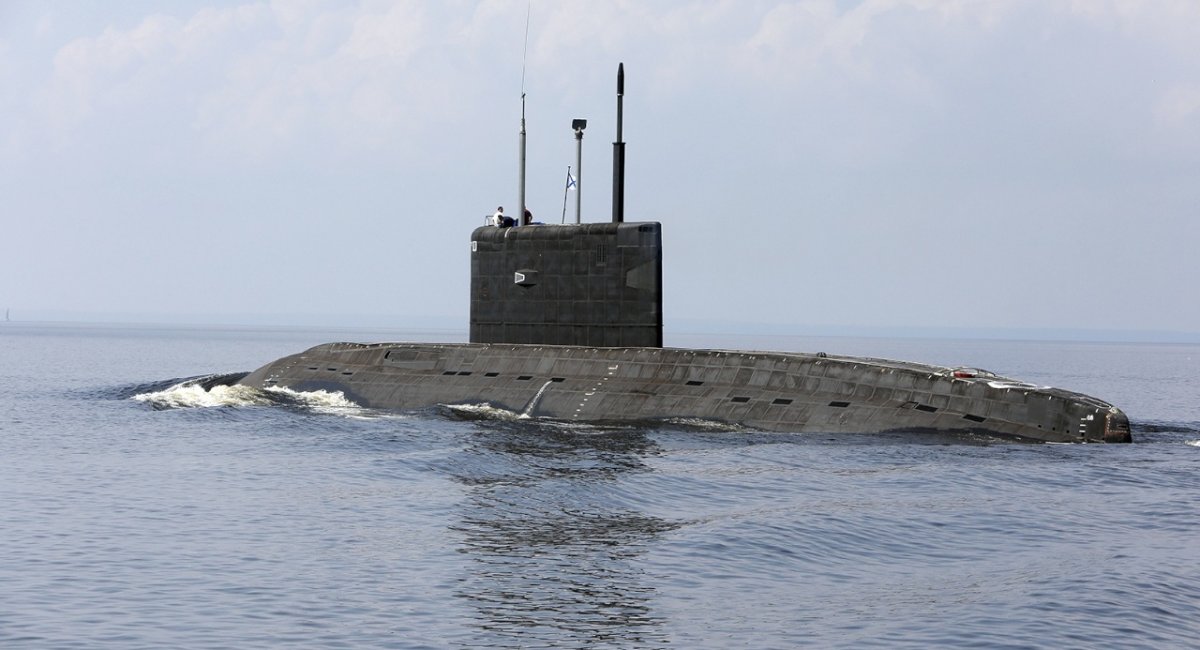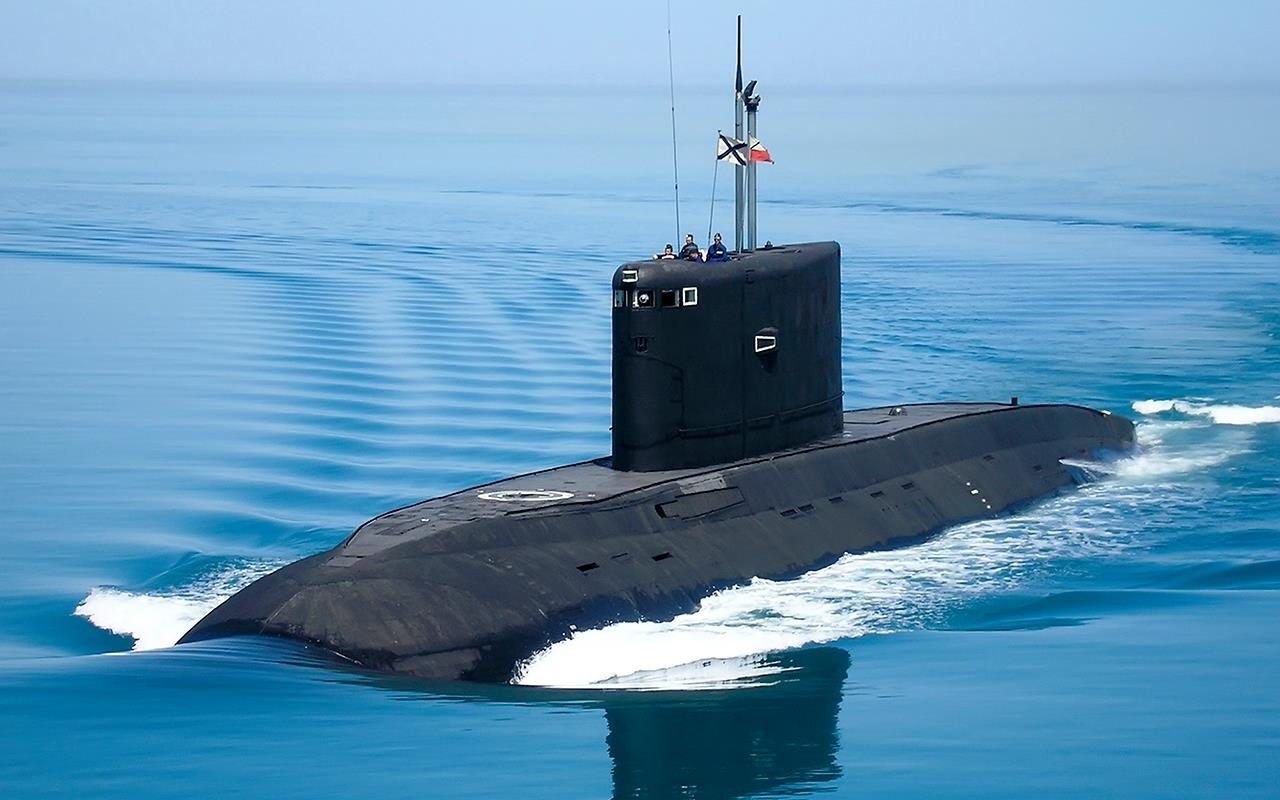
Russia can secretly mine the Black Sea from submarines
Submarine minefields are a routine task and can be carried out without entering NATO territorial waters
After Russia withdrew from the grain deal and threatened to destroy any ship heading towards Ukraine, thus declaring an unlimited naval war, several ships have already entered Ukrainian ports.
In other words, the Kremlin’s cries were objectively paid attention to, but the announced total naval blockade was not implemented. This, of course, does not negate the fact that the enemy is systematically attacking Ukraine’s port infrastructure, destroying grain elevators.
But against this background, Russia has the opportunity to take traditional insidious steps, as military expert Petro Chernyk told ArmyInform. In his opinion, the Russian Black Sea Fleet can carry out underwater mining.

Defense Express notes that Russia currently has about five Project 636 Varshavyanka submarines in the Black Sea that can perform this task. The fact is that placing minefields for a submarine is a fairly traditional task. And unlike a direct torpedo attack, this is a more realistic scenario in the Black Sea and the task of disrupting cabotage shipping.
For this purpose, Russian submarines have several types of sea mines in their arsenal, which are designed for standard 533-mm torpedo tubes. We are talking about the MSSM, MDS-1 (SMDM-1) and MDM (UDM) mines, which, according to official information, are in service with the Russian Navy.
The MDS-1 (updated version of the SMDM-1) is a self-propelled mine that can be placed without being close to the required mining area, as it has a range of 17 km. It was adopted in 1979, which directly indicates the stockpiles of these mines. Given this, Russia may well try to lay such mines without entering territorial waters.

After the mine is fired, it travels the distance along the programmed route and falls to the ground, is brought to the firing position and turns on acoustic, electromagnetic and hydrodynamic sensors. And the mine can stay in this state for a year, after which the self-deactivator should work.
If a ship appears within 40 meters, a 300 kg warhead is detonated. The minimum depth of the installation is 6 meters, the maximum is up to 120 meters, but it refers to the possibility of laying down in general, because its purpose is to fight not only surface but also submarines.
At the same time, the depths in the western part of the Black Sea are 20-45 meters, so the MDS-1 warhead at the bottom is enough to destroy civilian vessels.
Another similar mine, the Marine Shelf Mine, is an anchored mine with a maximum depth of 300 meters, with the anchor located at a depth of 600 meters. Laying it requires a submarine to arrive directly in the area of the minefield.

The principle of target acquisition is similar to MDS-1, except that this mine has a jet engine for underwater movement, so it can attack a surface ship or submarine even from a considerable depth.
In this context, the MDM (UDM) is the simplest bottom mine, which is not self-propelled, has no jet engine, but is equipped with a warhead weighing 645-800 kg. These mines also have three-channel sensors and should not be laid at great depths when fighting surface targets.

It should also be noted that the Russian Federation has been working to improve these mines, although, according to the Russian specialized community, they lagged behind foreign models by decades. But even so, some new versions, whose mass production is in question, have integrated such things as activating the mine only for a certain type of ship, the ability to miss a certain number of targets, etc. However, in the case of the Kremlin’s attempt to create a naval blockade with submarine mines, this does not matter.
It should also be borne in mind that the Ukrainian Armed Forces do not have the forces and means to fight enemy submarines, nor to effectively counteract the mines themselves at a considerable distance from the coast.
Thus, the task of securing navigation in the Black Sea, the western and southern parts of which are actually Alliance waters, should fall to NATO forces. At the same time, it is unfortunately difficult to imagine a situation in which, for example, a P-8A Poseidon aircraft, whose sensors can detect not only a submarine but even an attempt to remotely place mines, would destroy a Russian submarine.

